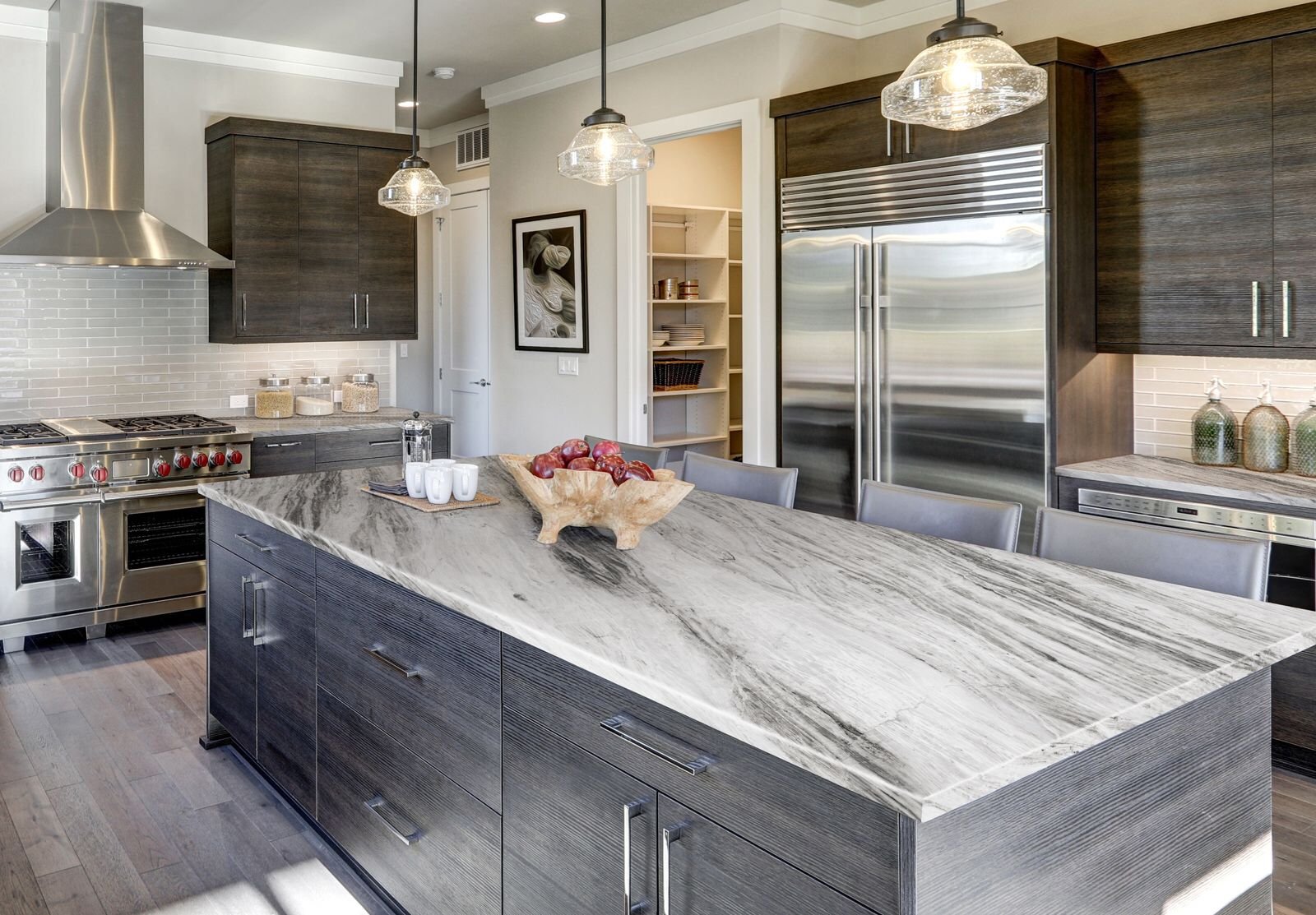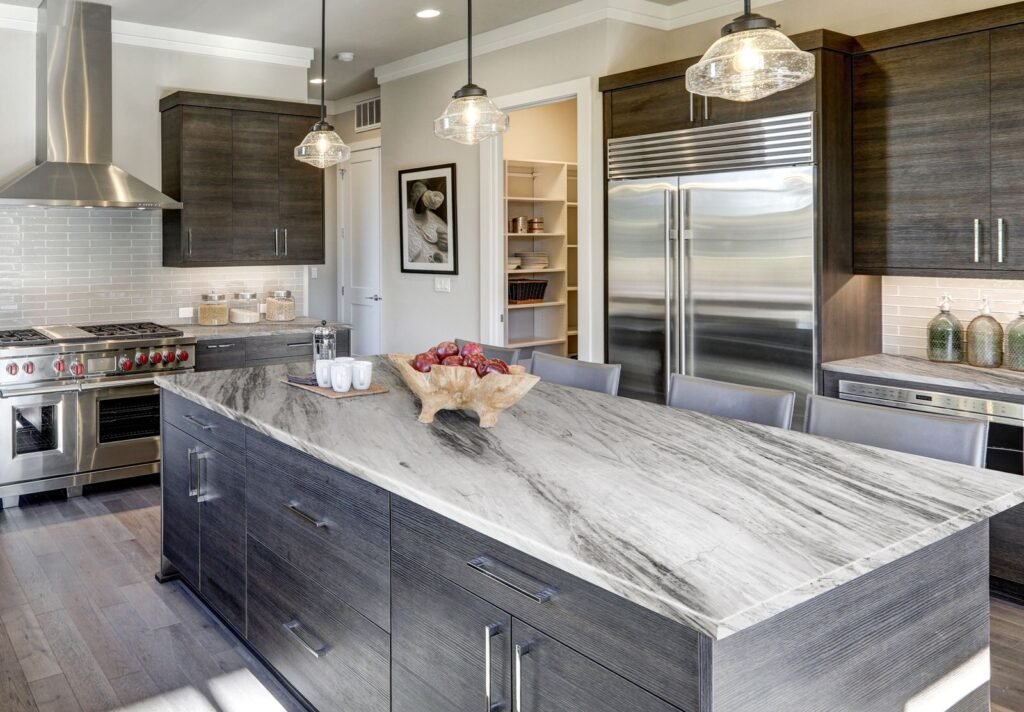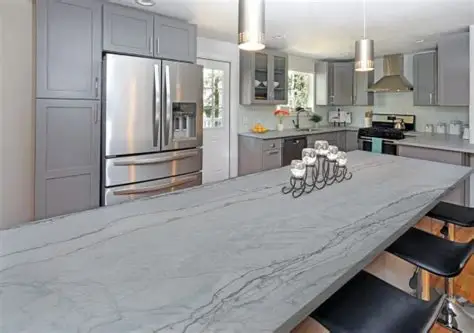
Granite is one of the most abundant and recognizable natural stones on Earth.
Granite is one of the most abundant and recognizable natural stones on Earth. Found in everything from kitchen countertops to monumental architecture, granite has a reputation for strength, elegance, and geological significance. But have you ever wondered—what is granite made of?
In this comprehensive guide, we explore the composition of granite, its unique characteristics, and its applications in construction and design.

Granite: An Overview
Definition
Granite is a coarse-grained igneous rock composed mostly of quartz, feldspar, and mica. It forms deep underground from slowly cooled magma, giving it a visibly crystalline texture.
Related: Granite is an example of what type of rock

What Is Granite Made Of?
Granite is primarily made of the following minerals:
1. Quartz
- Color: Clear or grayish
- Hardness: 7 on the Mohs scale
- Role: Adds durability and glassy sparkle
2. Feldspar
- Types: Orthoclase (pink) and plagioclase (white)
- Role: Contributes to granite’s wide range of colors
3. Mica
- Types: Biotite (black), muscovite (silvery)
- Role: Provides flecks and shimmer to the stone
4. Accessory Minerals
- Amphiboles
- Magnetite
- Zircon
These minerals enhance granite’s appearance and structural properties.
Granite Geology and Formation
Granite forms through the slow cooling of magma beneath the Earth’s surface, classifying it as an intrusive igneous rock. The long cooling process allows crystals to grow large enough to be seen with the naked eye.
The result? A granular texture with varied mineral compositions, making each slab of granite completely unique.
Characteristics of Granite
- Hardness: Very hard and durable
- Color: Ranges from white, gray, pink, black, green, and blue
- Grain Size: Coarse-grained
- Density: High, making it excellent for heavy-use applications
Granite’s combination of aesthetic appeal and functional resilience is what makes it so valuable in residential and commercial design.
Natural vs. Engineered Granite
Natural Granite
- Quarried directly from Earth
- Unique veining and mineral patterns
- Requires periodic sealing
Engineered Granite
- Composed of crushed granite mixed with resins
- Uniform in appearance
- Low-maintenance
Applications of Granite in Design
Granite Countertops
- White granite countertop: Timeless and clean
- Black granite countertops: Sleek and bold
- What color sink goes with black granite countertops?
Granite Backsplash Designs
- Matches or contrasts with countertops
- Adds a cohesive or accent feature to kitchens and bathrooms
Granite Flooring and Wall Cladding
- Durable and elegant for high-traffic areas
- What flooring goes with granite countertops?
Aardwolf Granite Solutions
Aardwolf offers an extensive range of granite products and services:
- Aardwolf granite countertop collection
- Premium granite slabs in various colors
- Affordable granite countertop options
- Professional granite installation services
- Countertop fabricator
Additional support tools include:
- Granite lifting clamps
- Trolley systems for safe handling
- CNC fabrication tools
Geological Relevance: Granite and Aquifers
Granite is not only decorative but also geologically significant. It plays a role in aquifer systems, especially when fractured.
Unfractured granite is typically impermeable, but cracks and fissures allow water to seep through, aiding groundwater storage.
Conclusion: Granite’s Composition Defines Its Power
So, what is granite made of?
Granite is composed mainly of quartz, feldspar, and mica, which give it its strength, durability, and visual richness. Whether used in geology or home interiors, granite’s formation and makeup make it one of the most reliable natural stones in the world.
From understanding its mineral composition to incorporating it into home design, granite remains a geological and design marvel—as practical as it is beautiful.

